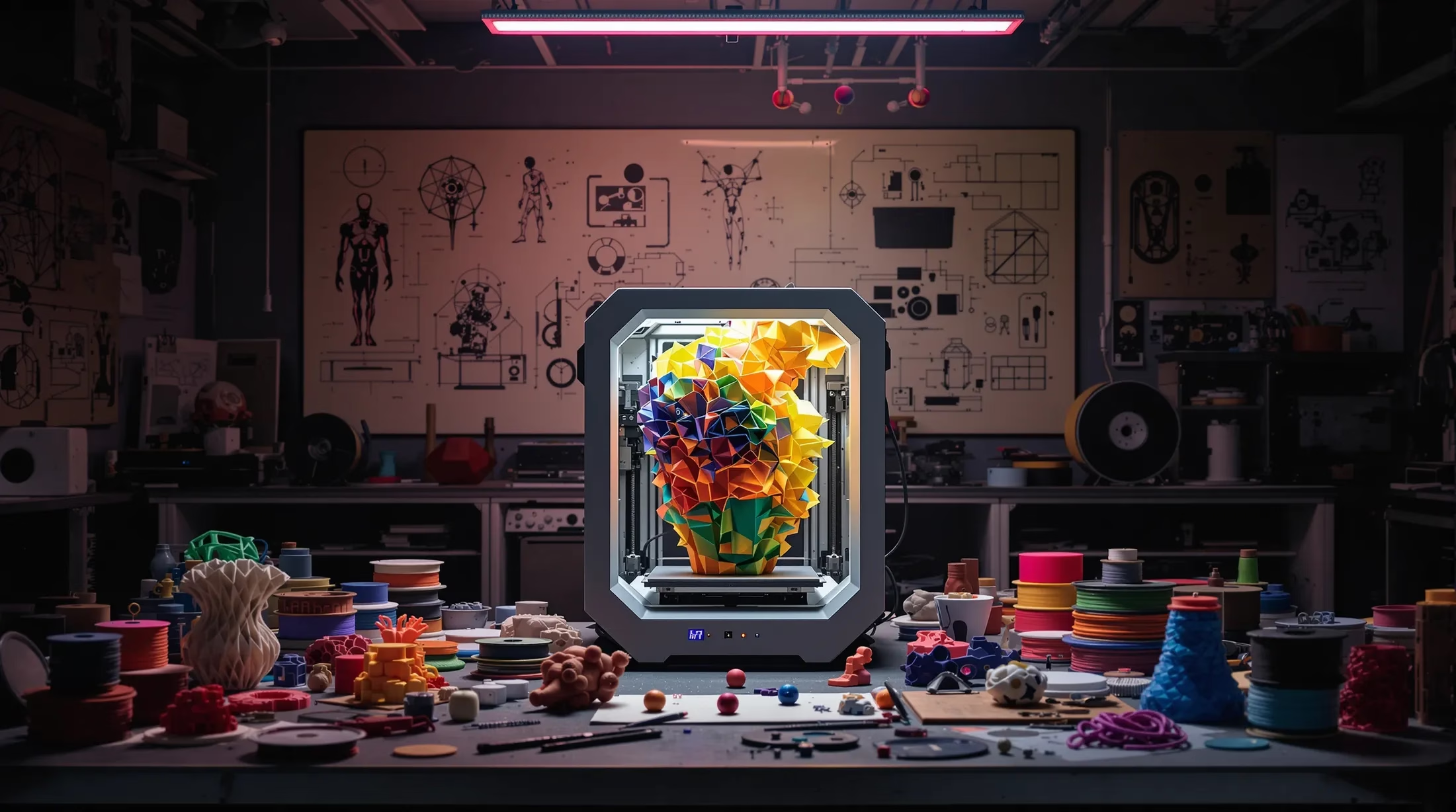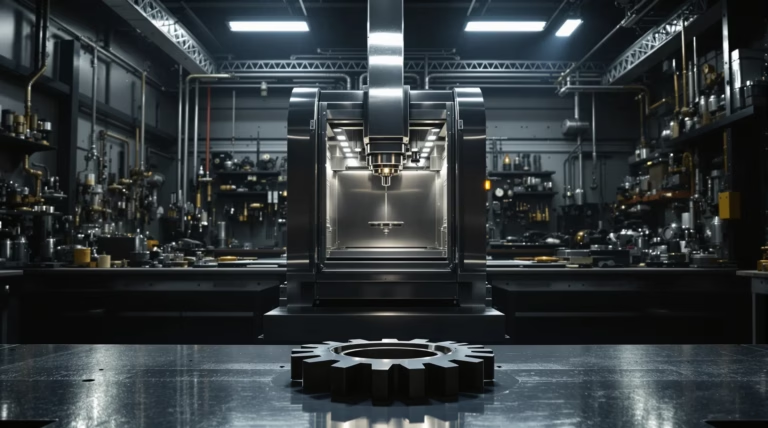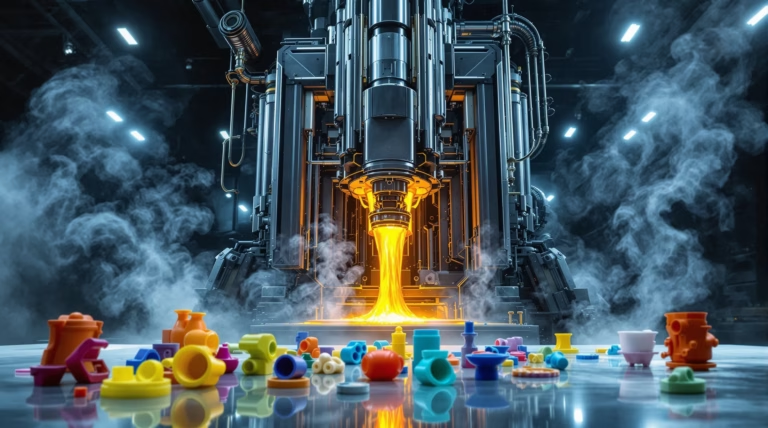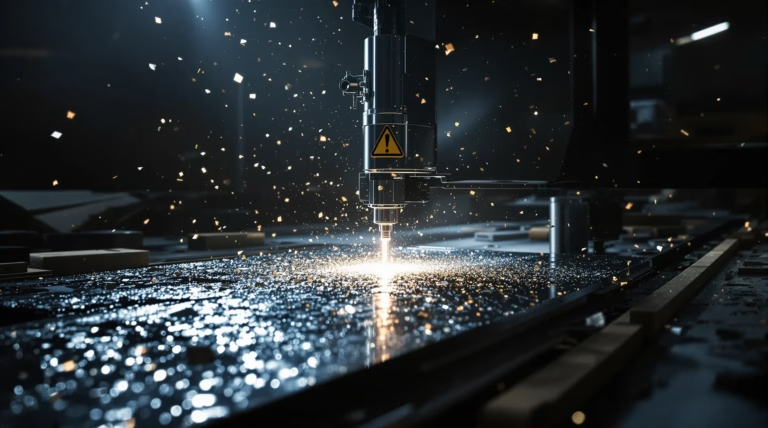3D Printing for Prototyping: Revolutionizing Product Development
The evolution of 3D printing technology has fundamentally transformed product development, offering unprecedented opportunities for rapid prototyping and innovation. Let’s explore how this revolutionary technology is reshaping the manufacturing landscape and accelerating product development cycles.
The Role of 3D Printing in Modern Prototyping
3D printing has revolutionized product development by enabling rapid transformation of digital designs into physical objects. This additive manufacturing technology builds models layer by layer, eliminating the need for expensive tooling and lengthy setup times traditionally associated with prototyping.
The integration of 3D printing into prototyping workflows has significantly compressed development timelines from months to mere days or hours. This acceleration meets the growing demand for faster innovation cycles across industries, from aerospace to consumer electronics.
Understanding 3D Printing Technology
3D printing builds objects through additive manufacturing, depositing materials layer by layer according to digital blueprints. This process begins with CAD models, which are sliced into numerous horizontal layers by specialized software.
- Fused Deposition Modeling (FDM) – extrudes thermoplastic filaments through heated nozzles, ideal for cost-effective basic prototypes
- Stereolithography (SLA) – utilizes light-reactive resins cured by lasers, perfect for detailed models with smooth finishes
- Selective Laser Sintering (SLS) – fuses powder materials with lasers, offering superior strength without support structures
Benefits of 3D Printing for Prototyping
| Benefit | Impact |
|---|---|
| Rapid Iteration | Quick testing and refinement of multiple design variations |
| Complex Geometry | Creation of intricate structures impossible with traditional methods |
| Cost Efficiency | Elimination of tooling expenses and reduced material waste |
| IP Protection | Secure in-house development limiting external exposure |
Advantages of Rapid Prototyping in Product Development
Rapid prototyping through 3D printing has compressed traditional development timelines while delivering significant competitive advantages. Companies report up to 70% reduction in development time and 40% decrease in overall product development costs compared to conventional methods.
Speed and Efficiency in Prototyping
The acceleration of design iteration cycles represents a fundamental shift in product development. Teams can now implement changes and produce updated prototypes within hours, enabling multiple iterations daily. According to Deloitte, companies using 3D printing for rapid prototyping experienced a 63% improvement in early design flaw detection.
This enhanced efficiency enables parallel testing of multiple design variations, accelerating the path to optimal solutions and faster market entry. The ability to quickly produce functional prototypes with production-grade materials allows for immediate real-world testing and user feedback, significantly reducing development risks and costs.
Cost-Effectiveness of In-House 3D Printing
In-house 3D printing delivers remarkable financial benefits throughout product development cycles. Companies can achieve up to 80% reduction in per-prototype costs by eliminating outsourcing fees, particularly for complex or specialized components. While the initial investment in equipment is substantial, organizations actively engaged in product development typically see returns within 6-18 months.
- Elimination of outsourcing fees
- 80% reduction in per-prototype costs
- ROI within 6-18 months
- Enhanced intellectual property protection
- Improved workflow control
- On-demand prototype production
The in-house approach provides additional strategic advantages through enhanced intellectual property protection and workflow control. Teams can produce prototypes on demand without external vendor delays or competing priorities, creating unprecedented resource efficiency and fostering internal expertise that drives long-term innovation.
Materials and Technologies in 3D Printing for Prototyping
The expansive ecosystem of 3D printing materials has revolutionized prototype development capabilities. From basic thermoplastics to advanced composites, modern materials can withstand extreme conditions including chemical exposure, weather elements, and mechanical stress. This diversity enables the creation of prototypes that closely mirror production components, leading to up to 40% improvement in prototype-to-production correlation.
Exploring 3D Printing Materials
| Material Type | Applications |
|---|---|
| Basic Materials (PLA, Polyamide, Nylon) | Early-stage iterations, concept validation |
| Composite Materials (Carbon fiber, Fiberglass, Kevlar) | High-strength structural components |
| Flexible Materials (TPU, TPE) | Gaskets, grips, flexible components |
| Specialty Materials (Wood-filled, Metal-infused, Ceramic-based) | Aesthetic and tactile properties simulation |
Choosing the Right 3D Printing Technology
- FDM (Fused Deposition Modeling) – ideal for rapid iterations and conceptual models
- SLA/DLP – superior resolution with 25-micron layer heights for detailed geometries
- SLS/DMLS – industrial-grade performance for functional prototypes
- Multi-material Systems – varying mechanical properties in single builds
- AI-powered Monitoring – real-time quality control and adjustments
Applications of 3D Printing in Various Industries
3D printing has revolutionized product development across multiple sectors, enabling the creation of complex geometries and functional prototypes previously impossible with traditional manufacturing. This transformation has led to 30-50% faster development cycles and up to 75% reduction in prototyping costs across various industries.
3D Printing in the Aerospace Industry
The aerospace sector has pioneered the integration of 3D printing for critical prototyping applications, with industry leaders Boeing, Airbus, and SpaceX at the forefront. The technology perfectly addresses the industry’s demanding requirements for lightweight yet durable components, enabling rapid prototyping of complex structural elements, fuel systems, and aerodynamic features.
- Weight reduction up to 70% while maintaining structural integrity
- Creation of components with internal cooling channels
- Development of topology-optimized geometries
- Implementation of honeycomb structures
- Production of functional test parts for flight conditions
Automotive Industry and 3D Printing
Automotive manufacturers have transformed their development processes through 3D printing, achieving remarkable efficiency gains across multiple component categories. The technology enables rapid iteration of custom parts and assemblies, resulting in development time reductions of up to 60%.
- Rapid prototyping of engine components
- Testing of intake systems and custom fixtures
- Development of interior components
- Creation of exterior design elements
- Production of carbon fiber-reinforced structural parts
Consumer Products and Rapid Prototyping
| Product Category | Applications |
|---|---|
| Electronics | Housings with complex cooling geometries |
| Packaged Goods | Ergonomic packaging designs |
| Fashion & Footwear | Customized accessories and components |
| Sporting Goods | Performance equipment prototypes |
Future Trends in 3D Printing for Prototyping
The 3D printing landscape continues to evolve rapidly, with forecasts indicating a 23% CAGR through 2028. Integration with AI, machine learning, and advanced simulation tools enables predictive modeling and optimized print parameters, while cloud-based platforms democratize access to industrial-grade capabilities.
Innovations in 3D Printing Technologies
- Multi-material printing capabilities for complex assemblies
- CLIP technology reducing print times from hours to minutes
- Metal binder jetting with 60% cost reduction
- Advanced ceramic printing for specialized applications
- Directed energy deposition for specialized alloys
The Impact of 3D Printing on Product Development
The integration of advanced 3D printing technologies into product development workflows has revolutionized innovation processes across industries. Companies can now compress development cycles from months to mere weeks or days, enabling rapid response to market demands and competitive pressures. Studies show that organizations implementing 3D printing for prototyping achieve an average 60% reduction in time-to-market for new products – a critical advantage in fast-paced industries where timing determines success.
- Rapid iteration of multiple design concepts simultaneously
- Enhanced exploration of complex geometries and features
- Significant reduction in development timeline
- Early identification of design flaws
- Reduced risk in production commitment
The technology’s impact extends beyond mere acceleration, enabling thorough exploration of design possibilities through parallel testing of multiple concepts. This expanded design freedom results in products that better align with user requirements while incorporating innovative features previously impossible with traditional manufacturing methods. The risk mitigation benefits are substantial, as early-stage physical prototyping allows teams to identify and resolve potential issues before investing in expensive tooling and production processes. Industry data suggests that for every dollar invested in 3D printed prototypes, companies save approximately fifteen dollars in potential redesign and retooling costs during production.







